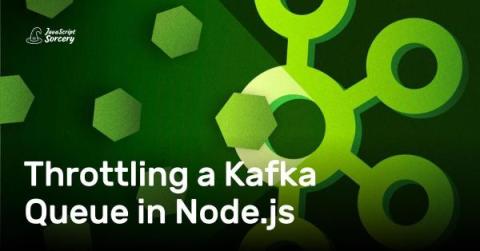Systems | Development | Analytics | API | Testing
AppSignal
A Deep Dive Into RSpec Tests in Ruby on Rails
How to Build a Memory-efficient Elixir App with Streams
Throttling a Kafka Queue in Node.js
An Introduction to Testing with Django for Python
Behaviour Driven Development in Ruby with RSpec
Build A Simple Tracing System in Elixir
Speed Up Your Ruby on Rails Application with LiteCache
In this series, we have looked at the "musts" (databases) and "shoulds" (asynchronous jobs, websockets) of a web application. Now we turn to one of the "coulds" (that is nonetheless recommended for scaling businesses): caching. In particular, we mean caching HTML fragments and other snippets of data, as referred to in Rails Guides. We are not concerned with HTTP or SQL query caching. In this part, we'll see how to speed up our Rails app using LiteCache.
Dealing with CPU-bound Tasks in Node.js
Welcome to part two of our series on profiling and optimizing CPU-bound tasks in Node.js! In the first installment, we discussed the complexities of handling CPU-bound tasks in Node.js, shedding light on their impact on runtime performance and exploring various profiling techniques. Once you've used profiling to figure out where the bottleneck in your application is, the next step is to choose the right optimization strategy to obtain an acceptable level of performance for your use case.
Keep your Ruby Code Maintainable with Draper
Design patterns can help to simplify your codebase so you don't need to reinvent the wheel. In this post, we'll go into how to use Draper. But first, we will start with an overview of the decorator pattern and how to use it with Ruby's standard library. Let's get started!











